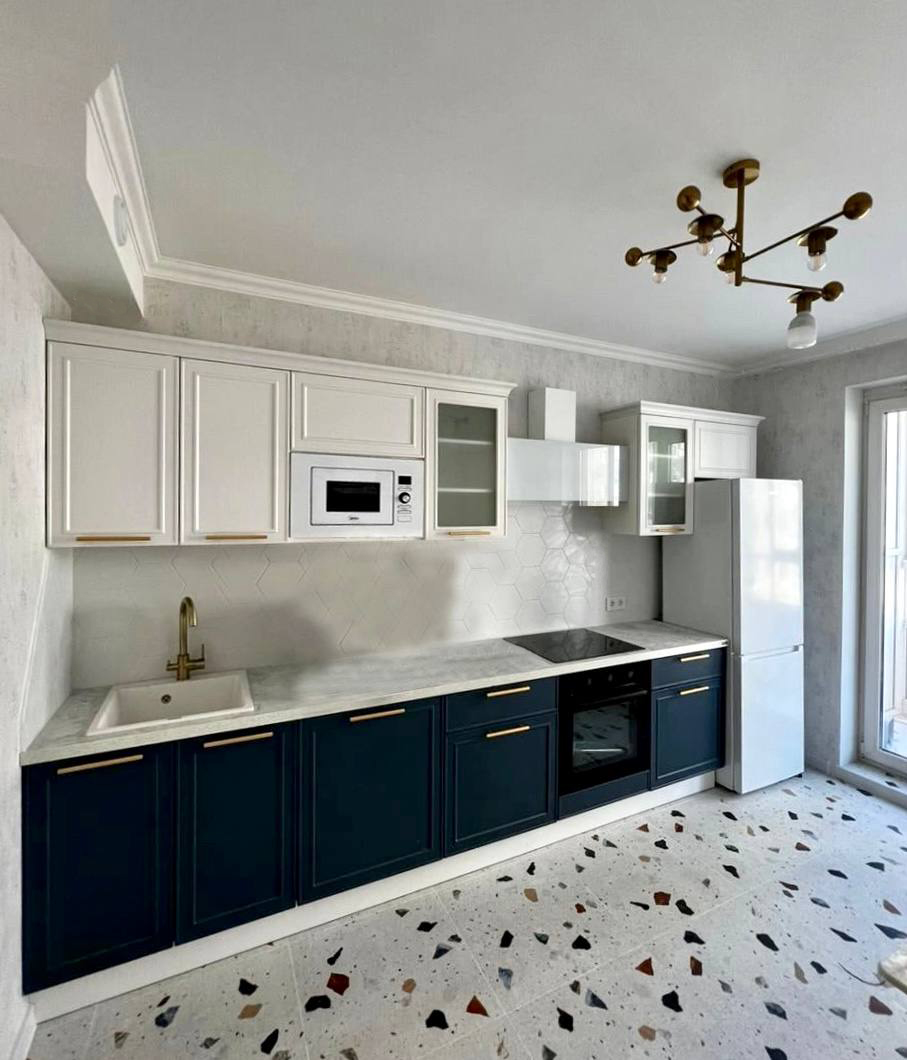
Introduction to Gourmet Kitchen Designs
Designing a gourmet kitchen is the dream of many cooking enthusiasts. Not only does it make preparing meals more enjoyable, but it also adds significant value to a home. A well-designed gourmet kitchen combines both aesthetics and functionality, providing the perfect environment for culinary creativity to thrive. In this article, we will look at the key elements to consider when crafting your very own gourmet kitchen design.
Understanding Your Space and Needs
The first step in mastering gourmet kitchen designs is to understand the space you have to work with. Consider the kitchen's layout, available space, and how you move through it while cooking. Think about your individual cooking style and what appliances you use most. For some, this may mean incorporating a double oven for baking, while others might require a six-burner stove for their gastronomic feats. Factor in counter space for prepping and the need for specialized storage for utensils, spices, and cookware.
Choosing High-End Appliances
Gourmet kitchens are defined by their high-end appliances that make it easier to produce restaurant-quality meals. Opt for professional-grade ranges, refrigerators with advanced preservation features, and wine coolers for the ultimate culinary experience. Other appliances to consider might include a sous vide cooker, a powerful blender, or a high-end coffee machine. These investments not only enhance your cooking experience but also act as the kitchen’s stylish focal points.
Investing in Quality Countertops and Cabinetry
Your countertops are the workhorse of your gourmet kitchen. Durable materials like granite, quartz, or stainless steel not only look beautiful but also withstand the wear and tear of everyday use. Cabinetry should be both functional and beautiful, offering ample storage and easy access to your kitchen tools. Custom-built cabinets can be designed to fit any space and meet any need, from pull-out spice racks to built-in cutlery organizers.
Optimizing Layout for Efficiency
The gourmet kitchen's layout is pivotal in creating an efficient workspace. The classic work triangle concept, which places the stove, refrigerator, and sink at three points to form a triangle, is a time-tested layout that minimizes wasted movement. Additionally, consider creating distinct zones for prep, cooking, and cleaning to further streamline the cooking process. An island can serve as a central hub for prep work and also provide an area for guests to gather and converse without disrupting the cooking area.
Incorporating Lighting and Ventilation
Proper lighting is essential in a gourmet kitchen, from natural daylight to task lighting for chopping and cooking. Consider adding under-cabinet lights to illuminate countertops and pendant lights to add ambiance. A well-designed ventilation system is also crucial, as it keeps the air clear of smoke and odors, especially when working with intense flavors or high heat. A powerful range hood is a must in any gourmet kitchen.
Adding Personal Touches
A gourmet kitchen should reflect the personality and tastes of the chef who uses it. This could be through the use of bold color schemes, unique backsplashes, or high-end finishes. Add personal touches like a chalkboard for noting recipes or a display shelf for your favorite cookbooks or artisanal ingredients. Don’t forget to make space for a kitchen garden to have fresh herbs readily available.
Conclusion: Creating a Space That Inspires
Mastering gourmet kitchen designs is all about creating a space that inspires creativity and passion for food. It's a blend of state-of-the-art appliances, efficient layout, durable materials, and personal style. By focusing on the needs of the cook and the demands of modern-day cooking, you can design a gourmet kitchen that is not only aesthetically pleasing but also a joy to cook in.